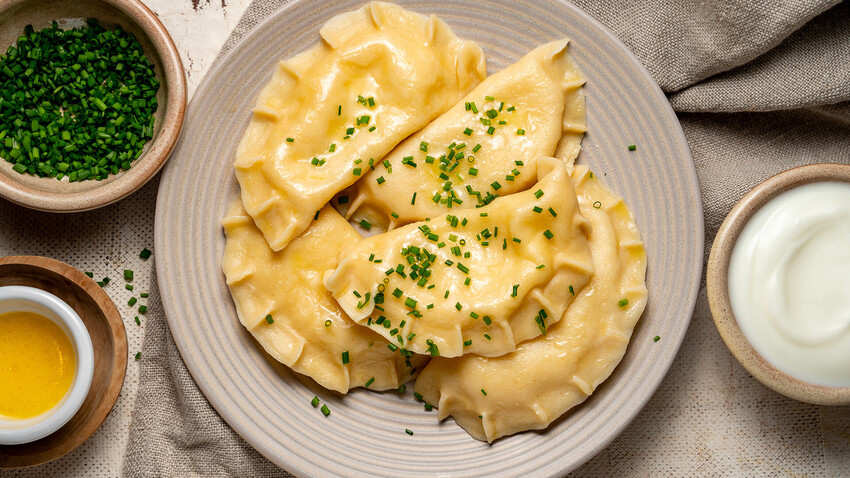
If you like dumplings with potatoes, then you'll love “podkogoli”, too! They're twice the size and have a delicate filling.
Yulia MulinoPodkogol is a national dish of the Finno-Ugric peoples living in the Republic of Mari El. In the ancient Finno-Ugric language, "pod" means "cauldron", and "kagyl" means "pie". Therefore, podkogoli sometimes is referred to as "boiled pirozhki".
Podkogol is something between a varenik and a dumpling, but it’s larger. It comes in a size ranging from 4.5 cm up to the palm of your hand.
Sometimes rye flour is added to the dough, along with wheat flour. It is believed that podkogoli should be eaten immediately after cooking. That is, they should not be frozen, and you should cook the necessary quantity when you are going to eat them. But now in stores you can also find frozen semi-finished podkogoli.
The legend of the origin of the Mari El people is connected with podkogol. According to this myth, the daughter of the god Yul, having tried podkogol on earth, did not want to return to heaven, but stayed with her lover Mari. From their marriage arose the nation that populated the republic.
So we can judge that the recipe goes back centuries. In the past, the stuffing used to be the meat of wild game, such as hare or badger with the addition of onions or grits.
There are several kinds of stuffing. Each type has its own name. We are going to make polkogol with potatoes and cottage cheese, which are called "tuvyrtysh podkogylo".
For the best flavor, you should use fatty quark, 8-10 percent fat content. If you have nonfat quark, you can add a little butter to the filling. I recommend adding butter anyway. It's better to add a little more potato in the stuffing.
This stuffing does not require cooking for a long time, so the pile and the method of sealing the half-cups is unique. Usually it is fixed in the form of a braid, so that the stuffing is more firmly held inside and does not spill out when boiled. But it makes a thick edge that takes a long time to boil, which is more suitable for meat fillings. That's why quark dumplings are secured simply with a flat seal.
For the podkogol, unleavened dough is used. It is rolled out in a flagellum, divided into pieces of 20 grams; then each piece is thinly rolled out.
Podkogol is baked in an oven, boiled in salted water or steamed. The dish is served traditionally with sour cream, butter and green onions. It is denser than dumplings. But the filling is softer because of the quark.

Dough:
Stuffing:
For serving:
1. Combine ingredients for the dough in a processor with a knife attachment. This will shred it into pieces.

2. Peel, slice into quarters and boil potatoes in salted water until tender.
3. Gather the shredded dough with your hands and knead until you get a steep dough. Wrap it in cling film and leave for half an hour.
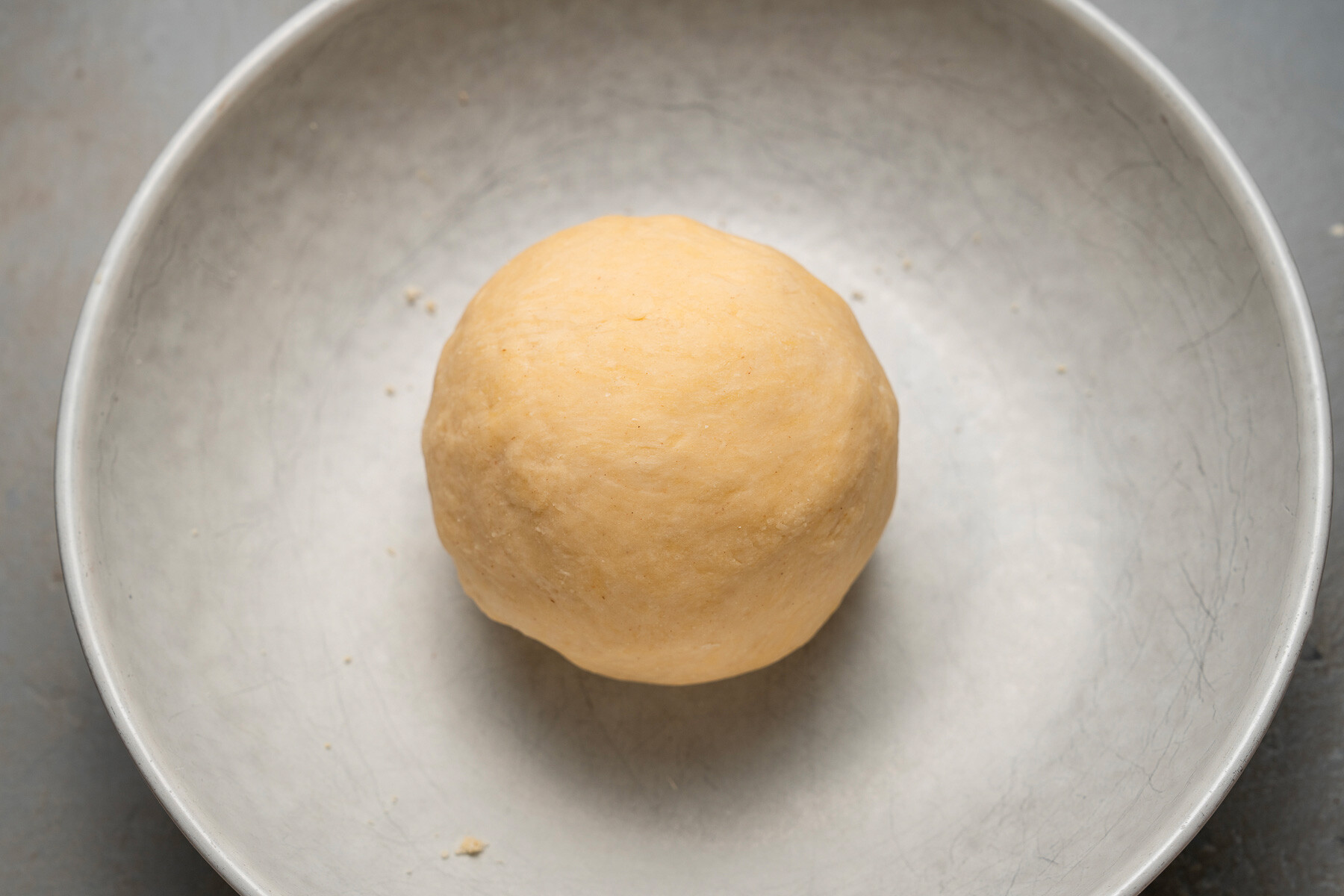
4. Meanwhile, you can prepare the quark. I use cottage cheese. I rub it through a sieve to achieve a homogeneous consistency.

5. When the potatoes are ready, add butter and mash.
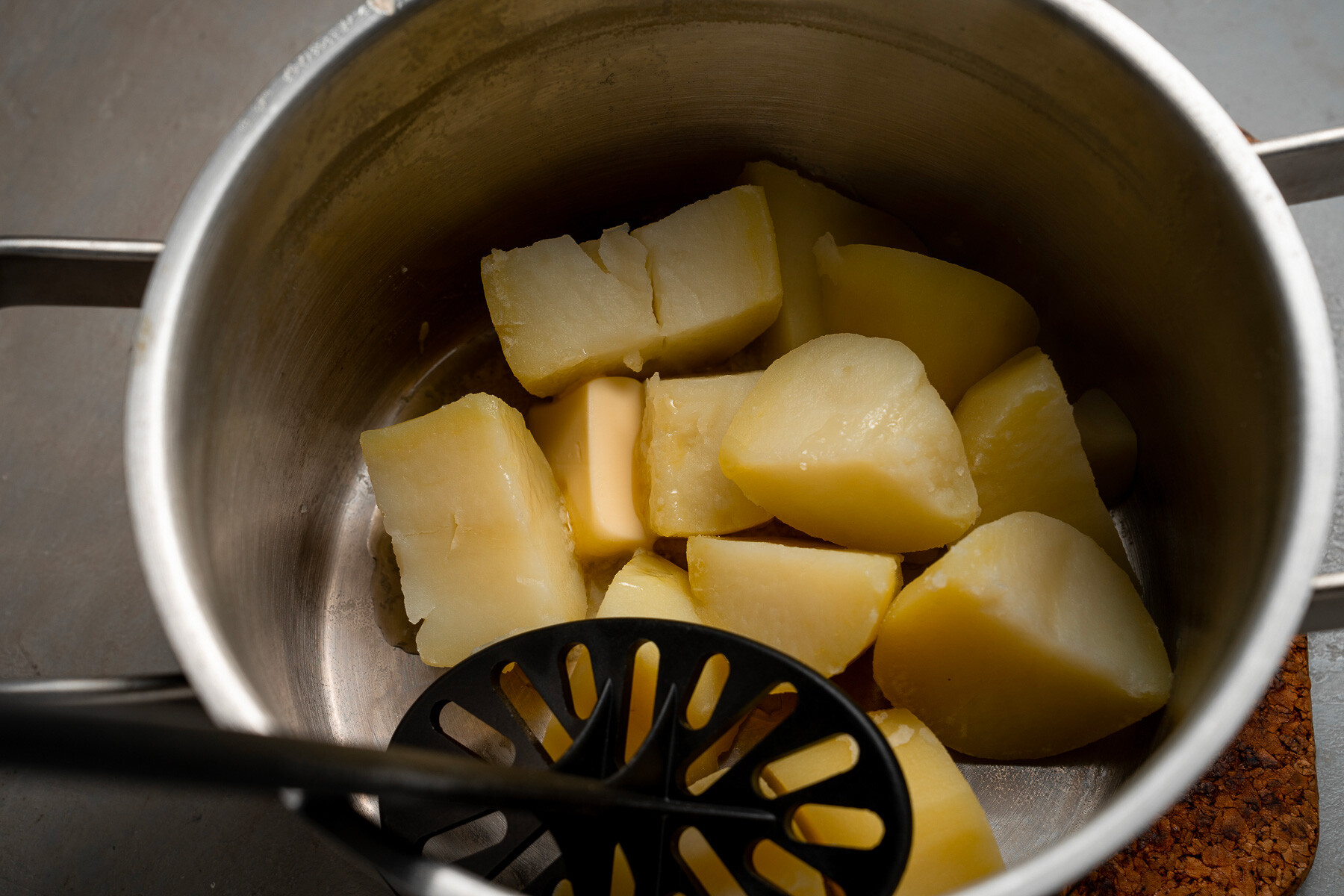
6. Add the cottage cheese, mix it up. Add salt and pepper - mix until smooth.
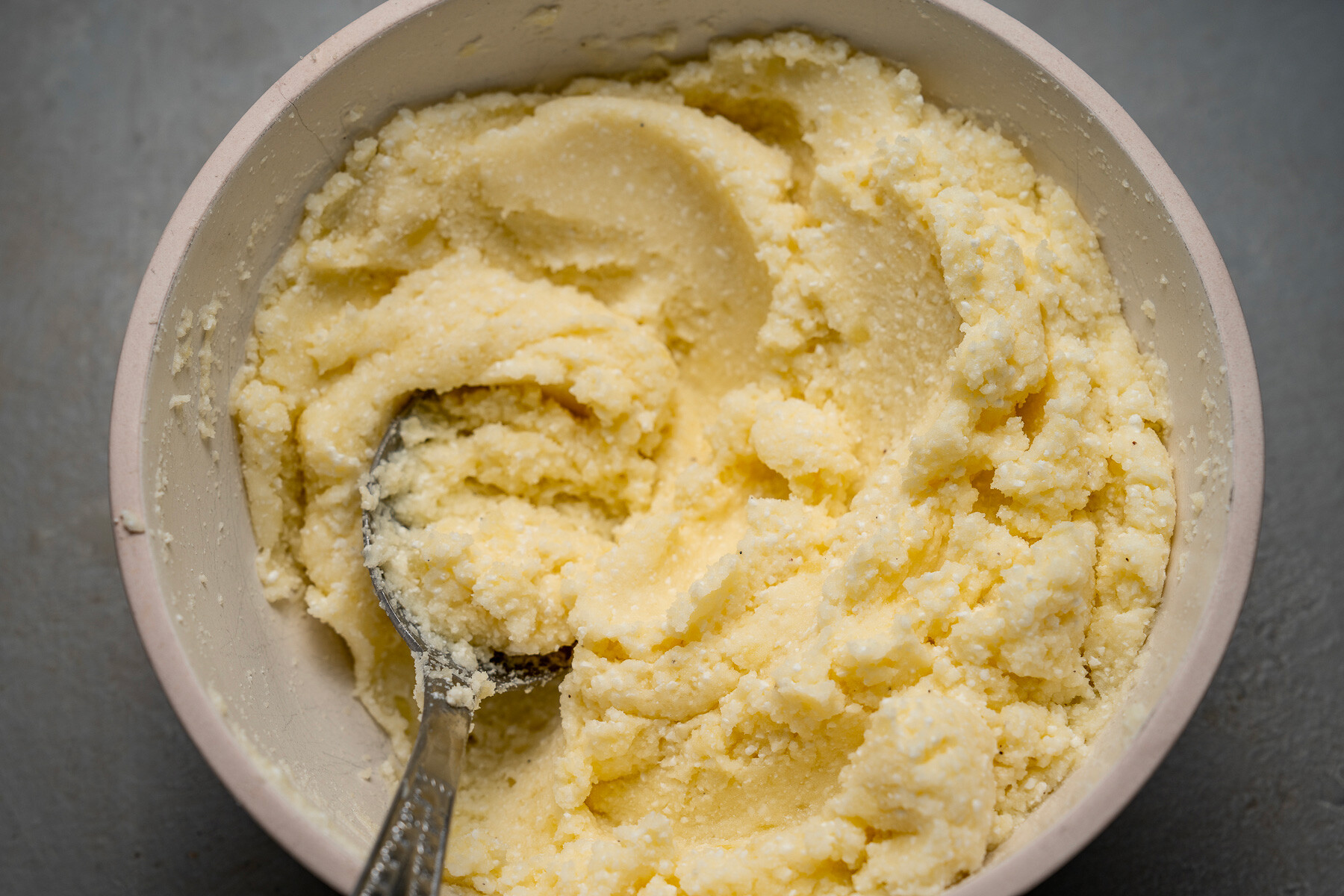
7. Roll out the dough into a rope and cut into pieces of about 20g.
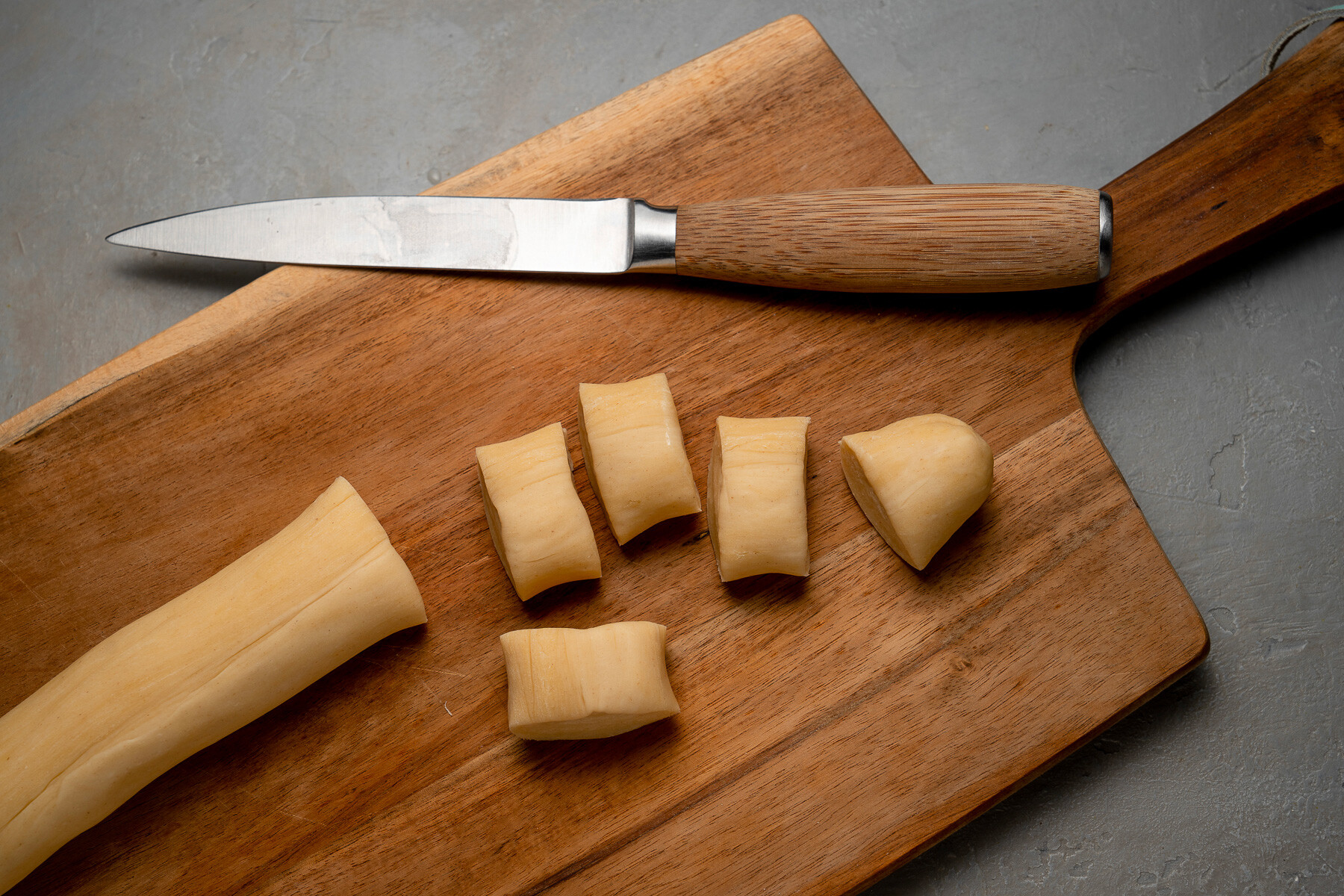
8. Roll them out one by one. Cover the rest with cling film while you work with one.
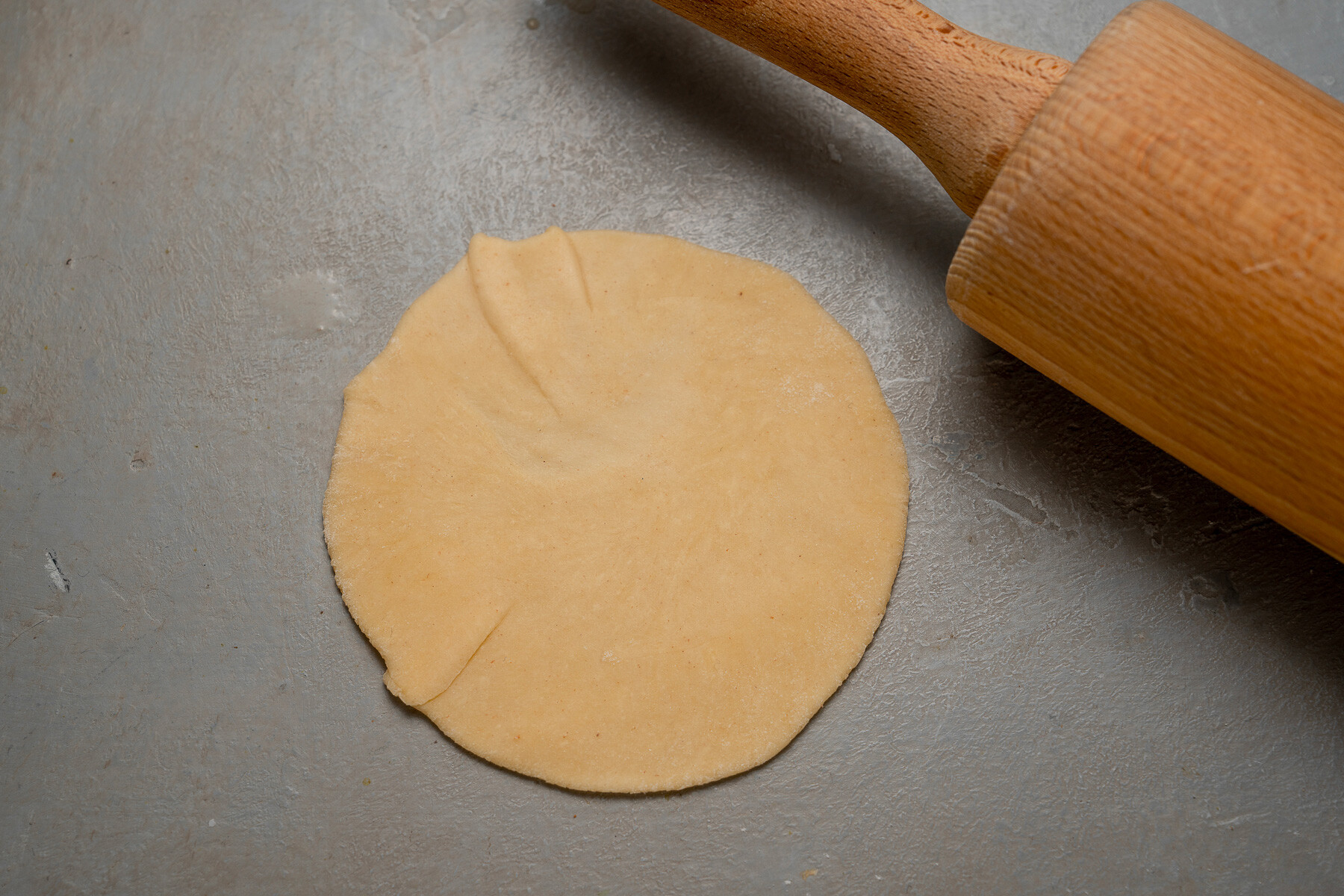
9. Place the filling on one half of the dough.
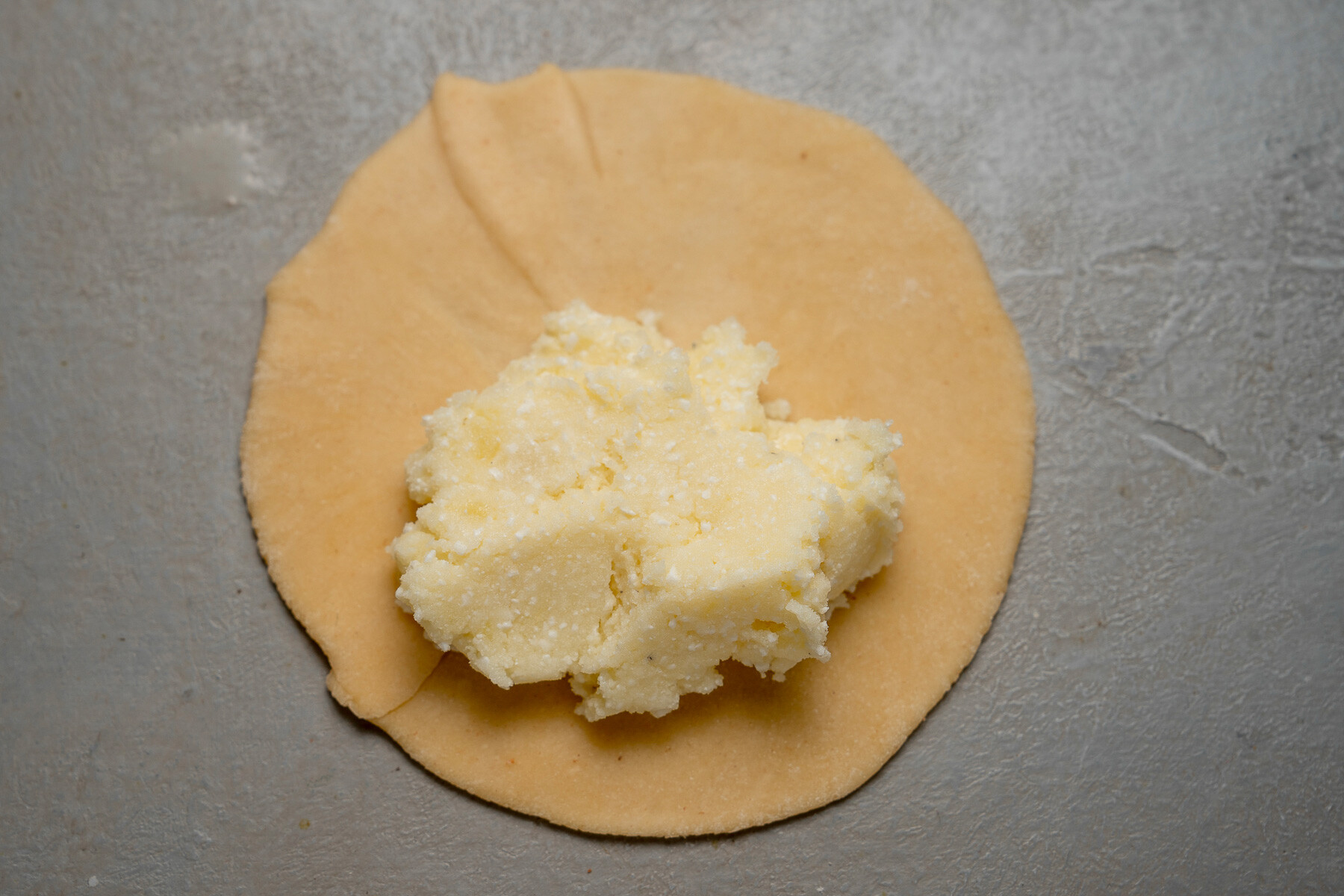
10. Cover and secure the edge. There will be 12 large dumplings.
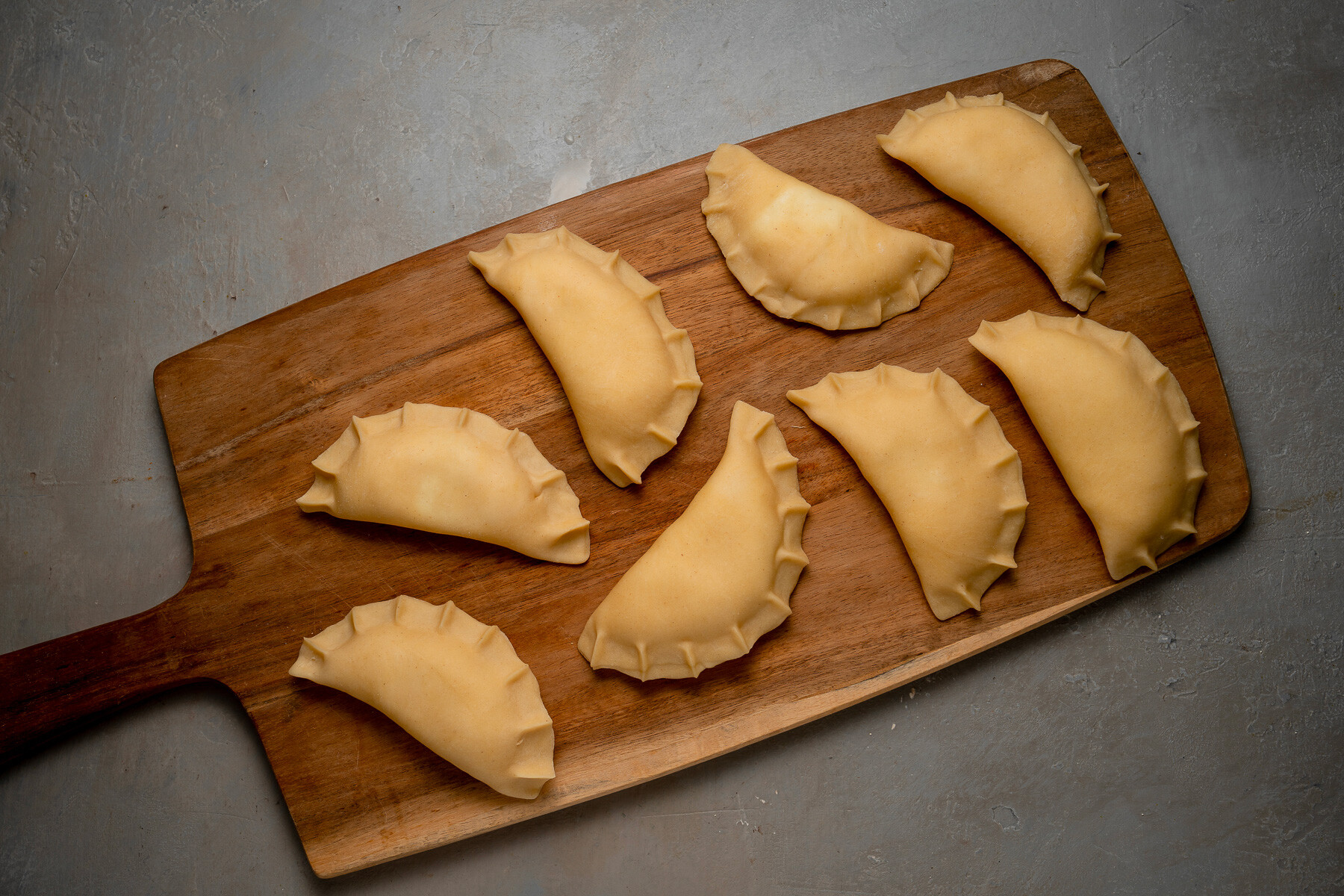
11. Cook in salted water. Take out after two minutes when they start to float.

12. Serve immediately hot with butter, sour cream and scallions.
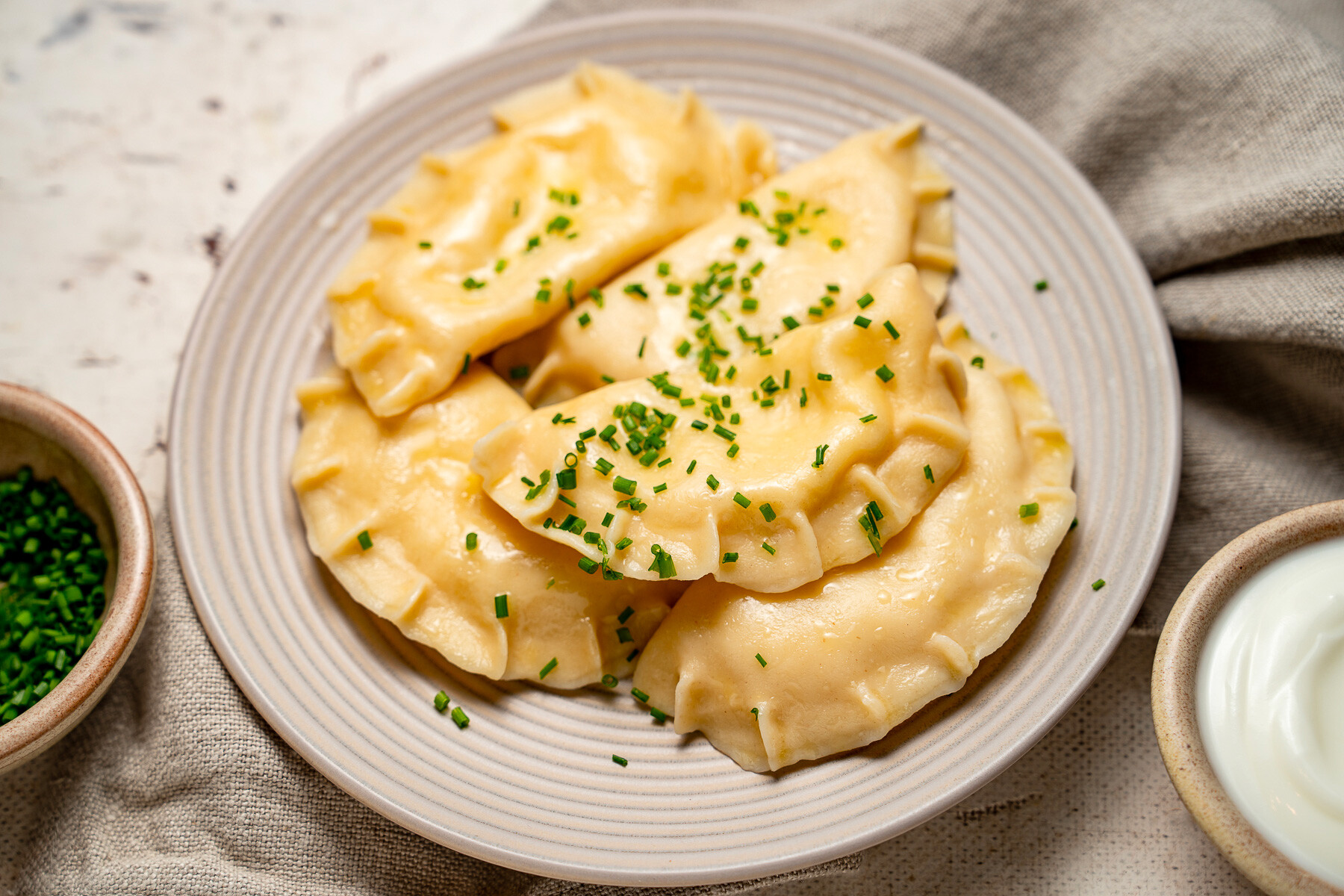
Dear readers,
Our website and social media accounts are under threat of being restricted or banned, due to the current circumstances. So, to keep up with our latest content, simply do the following:
Subscribe to our Telegram channels: Russia Beyond and The Russian Kitchen
Subscribe to our weekly email newsletter
Enable push notifications on our website
Install a VPN service on your computer and/or phone to have access to our website, even if it is blocked in your country
If using any of Russia Beyond's content, partly or in full, always provide an active hyperlink to the original material.
Subscribe
to our newsletter!
Get the week's best stories straight to your inbox